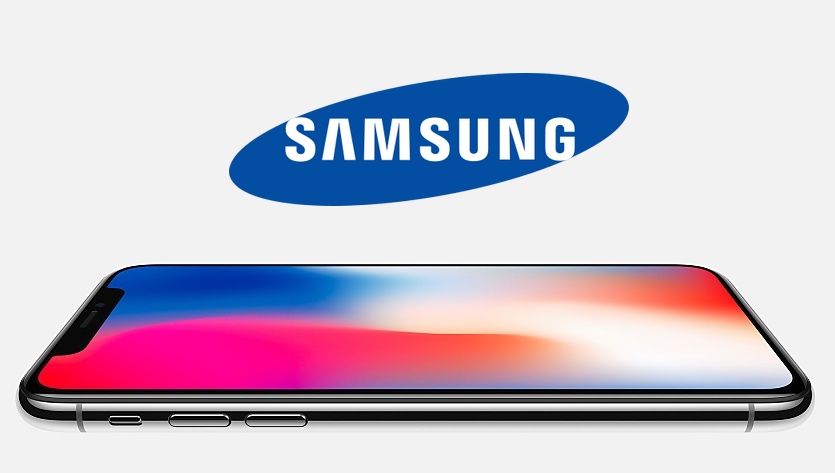OLED-business Samsung suffers from a decline in demand for the iPhone X

iPhone X became the best-selling smartphone Apple in the fourth quarter of last year, but in early 2018, the company reduced the production of the jubilee smartphone by 50%. As a result, Samsung had to reduce the production of OLED displays and look for new customers.
What happened?
As reported by the Japanese edition of Nikkei, Samsung has faced an overabundance of OLED production facilities. Lines are loaded only by 50-60% - because of the high prices for screens with organic light-emitting diodes, manufacturers are in no hurry to switch to a new technology. Take for example the same Apple. The display module for the iPhone X costs more than $ 100, which is almost twice as expensive as the IPS-panel of the iPhone 8 Plus (also made by Samsung).
According to analysts, even in the Samsung lineup, the share of smartphones with OLED-screen decreased, as it is more difficult for them to compete with other gadgets at a price (first of all, this concerns the younger models of the Galaxy J line).
What's next?
Most likely, things Samsung will go uphill after the launch of the production of new iPhone. This year, three models are expected at once, two of which will receive OLED displays.
Experts predict a doubling of the supply of OLED-panels by 2020, and Samsung competitors do not stand still. Recently, the Chinese BOE has entered this market, and Sharp and Japan Display will be launched in the next two years. LG Display is also actively developing this direction.
Source: Nikkei